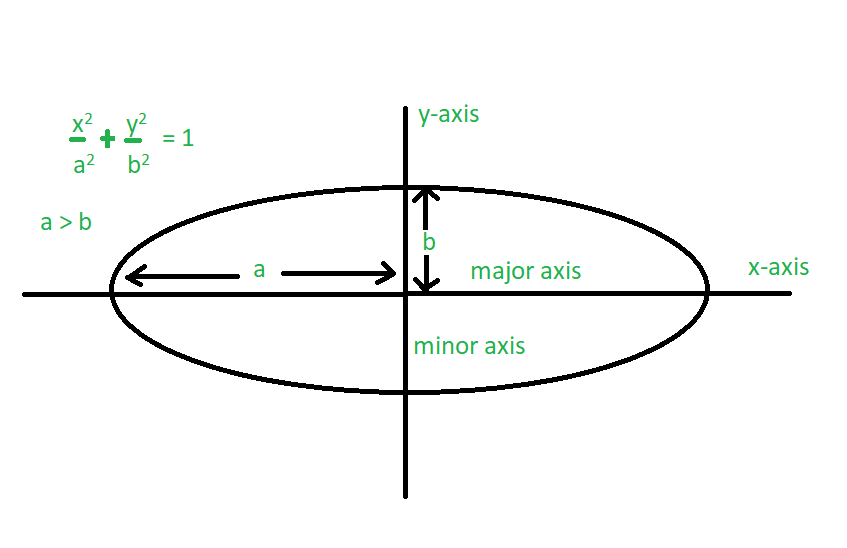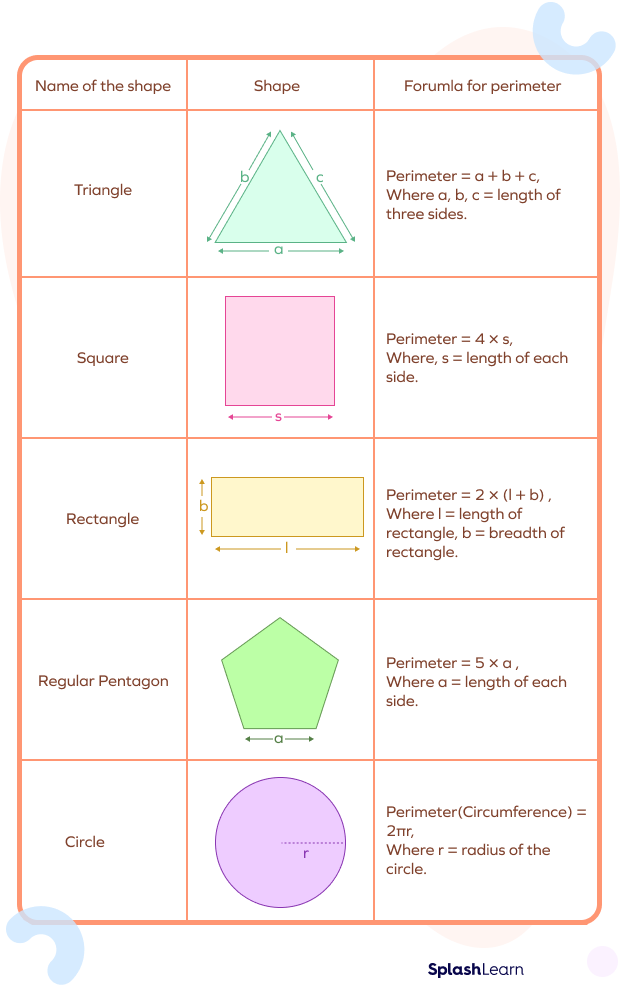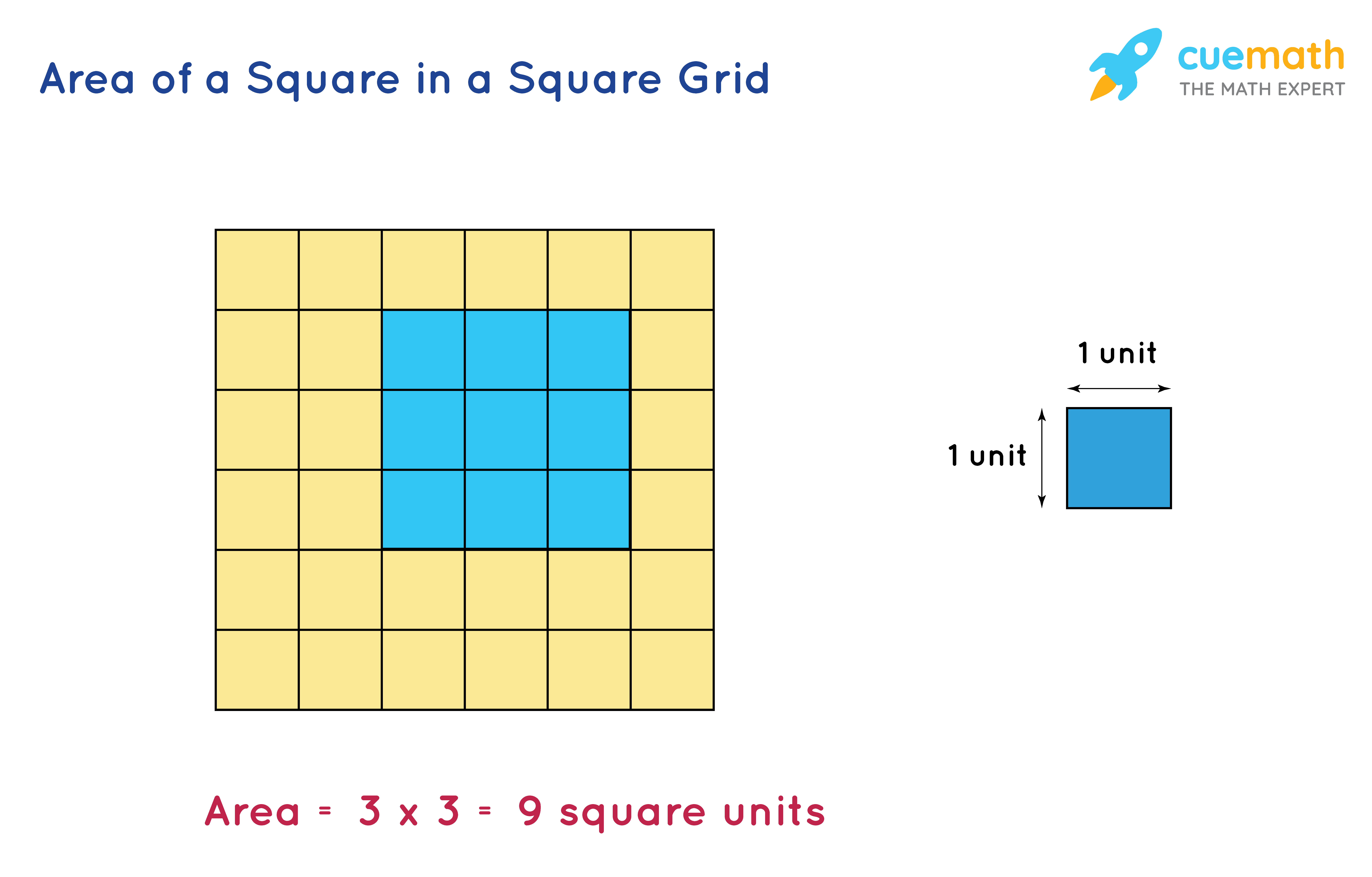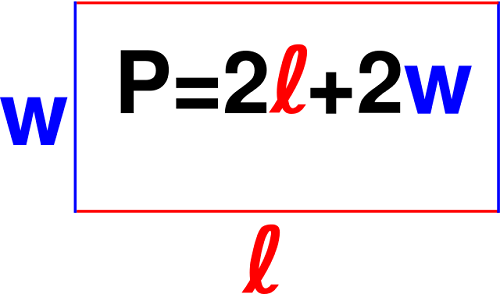Topic oval perimeter calculator: Discover how to accurately and effortlessly calculate the perimeter of an oval using our comprehensive guide and online tools. Learn about the mathematical formulas, practical applications, and step-by-step instructions for using oval perimeter calculators to achieve precise results in various fields.
Definition and properties of an oval, including its relation to ellipses and circles.
Explanation of the mathematical formulas used to approximate the perimeter of an oval, including Ramanujan's approximations.
Step-by-step guide on how to use online oval perimeter calculators to quickly and accurately find the perimeter of an oval.
Real-world applications in various fields such as engineering, architecture, and astronomy.
Common questions and answers related to oval perimeter calculations.
Links to further reading and tools for more advanced calculations.
Table of Content
Oval Perimeter Calculator
An oval, also known as an ellipse, has a more complex perimeter calculation than simple shapes like a circle or rectangle. Various approximations and formulas exist to estimate the perimeter of an ellipse.
Key Formulas
- Ramanujan's Approximation 1: \( p \approx \pi \left( 3(a + b) - \sqrt{(3a + b)(a + 3b)} \right) \)
- Ramanujan's Approximation 2: \( p \approx \pi \left( a + b \right) \left( 1 + \frac{3h}{10 + \sqrt{4 - 3h}} \right) \)
- Where \( h = \left( \frac{a - b}{a + b} \right)^2 \)
- Exact Formula Using Infinite Series: \( p \approx 2a \pi \left[ 1 - \sum_{i=1}^{\infty} \frac{(2i)!^2}{(i!2^i)^4} \frac{e^{2i}}{(2i-1)} \right] \)
- Where \( e = \sqrt{1 - \left( \frac{b}{a} \right)^2} \)
Calculation Steps
- Measure the lengths of the semi-major axis (a) and semi-minor axis (b).
- Use one of the approximation formulas to calculate the perimeter.
- For greater accuracy, use the exact formula involving infinite series.
Example Calculation
Suppose the lengths of the semi-major axis and semi-minor axis are as follows:
| Semi-Major Axis (a) | 10 units |
| Semi-Minor Axis (b) | 5 units |
Using Ramanujan's Approximation 1:
\( p \approx \pi \left( 3(10 + 5) - \sqrt{(3 \cdot 10 + 5)(10 + 3 \cdot 5)} \right) \)
\( p \approx \pi \left( 45 - \sqrt{35 \cdot 25} \right) \)
\( p \approx \pi \left( 45 - \sqrt{875} \right) \)
\( p \approx \pi \left( 45 - 29.58 \right) \)
\( p \approx \pi \cdot 15.42 \approx 48.45 \) units
Additional Resources

READ MORE:
Introduction
Calculating the perimeter of an oval can be a challenging task due to its unique shape. Ovals, often referred to as ellipses, require specific mathematical formulas for accurate perimeter calculations. This guide will introduce you to these formulas, including Ramanujan's approximations, and show you how to use online oval perimeter calculators effectively. These tools can simplify the process and provide precise results quickly.
- Understand the basics of oval shapes and their properties.
- Learn about the mathematical approaches to calculating oval perimeters.
- Discover the ease of using online calculators for your calculations.
Whether you're working in engineering, architecture, or any other field that requires precise measurements, our guide will equip you with the knowledge and tools needed for accurate oval perimeter calculations.
What is an Oval?
An oval, also known as an ellipse, is a curved shape that resembles a flattened circle. It has two main axes:
- Major Axis: The longest diameter of the oval, passing through its center.
- Minor Axis: The shortest diameter of the oval, perpendicular to the major axis at the center.
The oval is defined by the equation:
\[ \frac{x^2}{a^2} + \frac{y^2}{b^2} = 1 \]
where \( a \) is the length of the semi-major axis and \( b \) is the length of the semi-minor axis. This shape has unique properties:
- Symmetry: An oval is symmetric about its major and minor axes.
- Focus Points: An oval has two foci; the sum of the distances from any point on the oval to these foci is constant.
Understanding these properties is essential for calculating the perimeter of an oval, as it involves specific mathematical techniques and formulas.
Formula for Oval Perimeter
Calculating the perimeter of an oval, or ellipse, is more complex than calculating the perimeter of a circle. Unlike a circle, an oval does not have a simple formula for its perimeter. However, there are several approximations that provide accurate results. One of the most well-known is Ramanujan's approximation:
\[ P \approx \pi \left[ 3(a + b) - \sqrt{(3a + b)(a + 3b)} \right] \]
where \( a \) is the semi-major axis and \( b \) is the semi-minor axis.
Steps to use this formula:
- Identify the lengths of the semi-major axis \( a \) and the semi-minor axis \( b \).
- Substitute these values into the formula.
- Perform the arithmetic operations to find the approximate perimeter.
Another common approximation is:
\[ P \approx \pi \left( a + b \right) \left[ 1 + \frac{3h}{10 + \sqrt{4 - 3h}} \right] \]
where \( h \) is given by:
\[ h = \left( \frac{a - b}{a + b} \right)^2 \]
Steps to use this formula:
- Calculate \( h \) using the given formula.
- Substitute \( h \), \( a \), and \( b \) into the perimeter formula.
- Perform the arithmetic operations to find the approximate perimeter.
These formulas provide efficient ways to approximate the perimeter of an oval without the need for complex integrals, making them useful for practical applications.
Using an Oval Perimeter Calculator
Using an oval perimeter calculator can simplify the process of finding the perimeter of an oval, ensuring accurate results without manual calculations. Follow these steps to use an online oval perimeter calculator effectively:
- Find a Reliable Calculator:
- Search for a reputable oval perimeter calculator online.
- Ensure the calculator uses accurate formulas, such as Ramanujan's approximations.
- Input the Semi-Major and Semi-Minor Axes:
- Measure or obtain the lengths of the semi-major axis (a) and the semi-minor axis (b).
- Enter these values into the corresponding fields in the calculator.
- Calculate the Perimeter:
- Click the calculate button or equivalent to process the input values.
- The calculator will use the chosen formula to compute the perimeter.
- Review the Results:
- Check the displayed perimeter value for accuracy.
- If needed, adjust the input values and recalculate.
Using these calculators can save time and reduce errors in perimeter calculations, making them useful for various practical applications, such as engineering and design.

Applications of Oval Perimeter Calculation
Calculating the perimeter of an oval has a variety of practical applications across different fields. Understanding these applications can highlight the importance of accurate perimeter calculations and the use of specialized tools.
- Engineering:
- Designing components with elliptical shapes, such as gears and seals, requires precise perimeter measurements.
- Ensuring accurate material estimates for manufacturing processes involving ovals.
- Architecture:
- Creating architectural features like arches, domes, and windows with oval shapes.
- Planning and designing landscaping elements, including paths and decorative elements, with elliptical layouts.
- Astronomy:
- Calculating the orbits of celestial bodies, which often follow elliptical paths.
- Modeling and simulating the movement of satellites and other space objects.
- Art and Design:
- Creating aesthetically pleasing designs that incorporate oval shapes in various media.
- Designing jewelry, sculptures, and other decorative items with precise oval perimeters.
- Sports and Recreation:
- Designing tracks and fields with oval layouts, ensuring accurate measurements for competitions.
- Planning and constructing recreational areas, such as parks and walking paths, with oval shapes.
These examples illustrate the wide-ranging applications of oval perimeter calculations, emphasizing the need for accurate and efficient tools to assist in these tasks.
Frequently Asked Questions (FAQs)
Here are some common questions and answers related to oval perimeter calculations:
- What is the difference between an oval and an ellipse?
An oval is often used interchangeably with an ellipse, but technically, an ellipse is a specific type of oval defined by a precise mathematical equation.
- Why is it difficult to calculate the perimeter of an oval?
The perimeter of an oval cannot be calculated using a simple formula like a circle's circumference. It involves complex integrals, hence the need for approximations.
- What are some common formulas used to approximate the perimeter of an oval?
Two commonly used approximations are:
- Ramanujan's approximation: \( P \approx \pi \left[ 3(a + b) - \sqrt{(3a + b)(a + 3b)} \right] \)
- Another approximation: \( P \approx \pi (a + b) \left[ 1 + \frac{3h}{10 + \sqrt{4 - 3h}} \right] \) where \( h = \left( \frac{a - b}{a + b} \right)^2 \)
- How accurate are these approximation formulas?
These formulas provide results that are very close to the actual perimeter, typically with a small margin of error acceptable for most practical applications.
- Can I use an online calculator to find the perimeter of an oval?
Yes, online oval perimeter calculators use these approximation formulas to quickly and accurately compute the perimeter based on the input values for the semi-major and semi-minor axes.
- What information do I need to use an oval perimeter calculator?
You need the lengths of the semi-major axis (a) and the semi-minor axis (b) of the oval.
- Are there any real-world applications for calculating the perimeter of an oval?
Yes, applications span across various fields such as engineering, architecture, astronomy, art and design, and sports and recreation, where precise measurements of oval shapes are essential.
Cách tính chu vi hình elip - PHƯƠNG PHÁP MỚI
READ MORE:
Cách tính diện tích và chu vi của hình elip (Oval)














